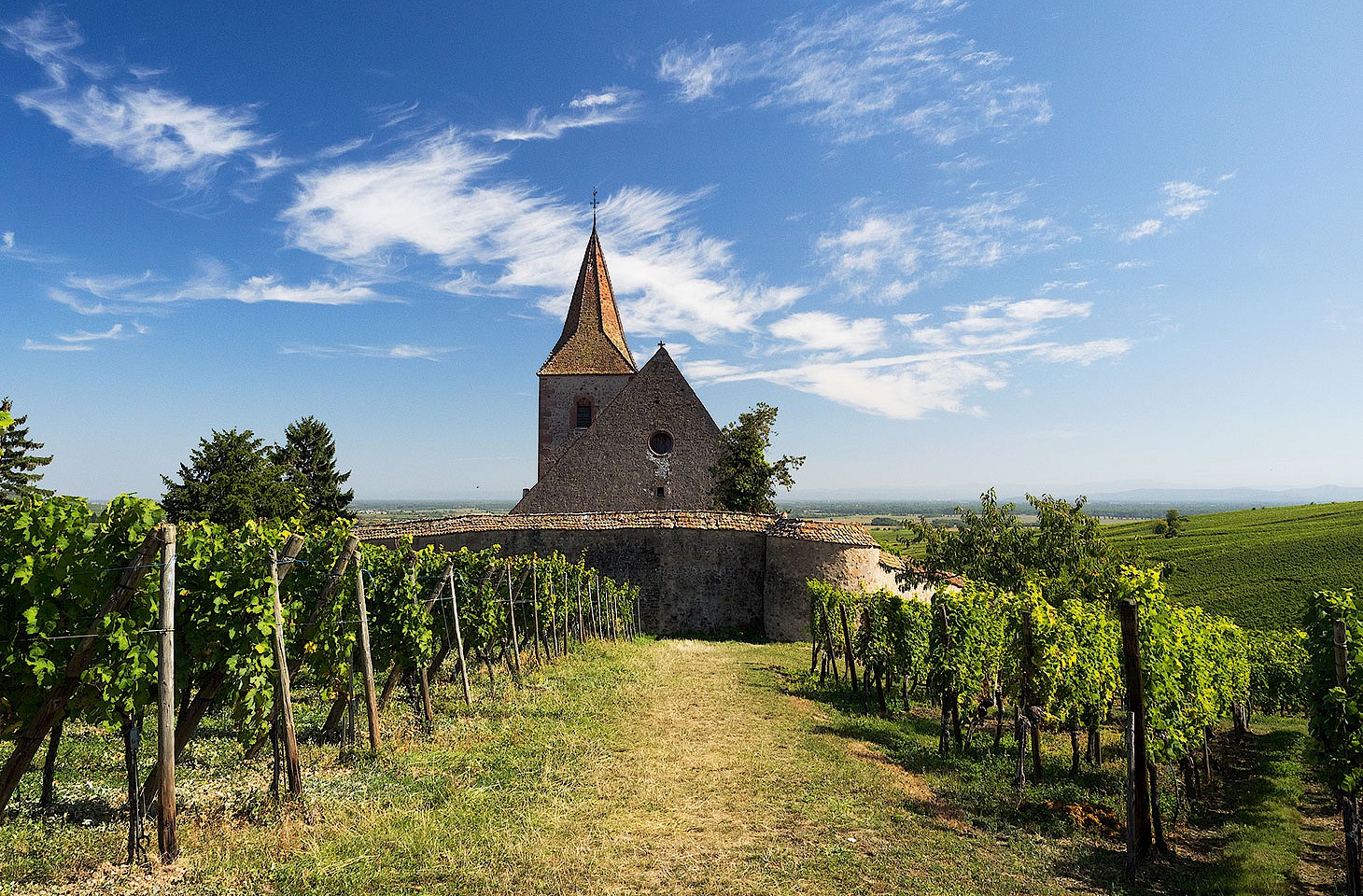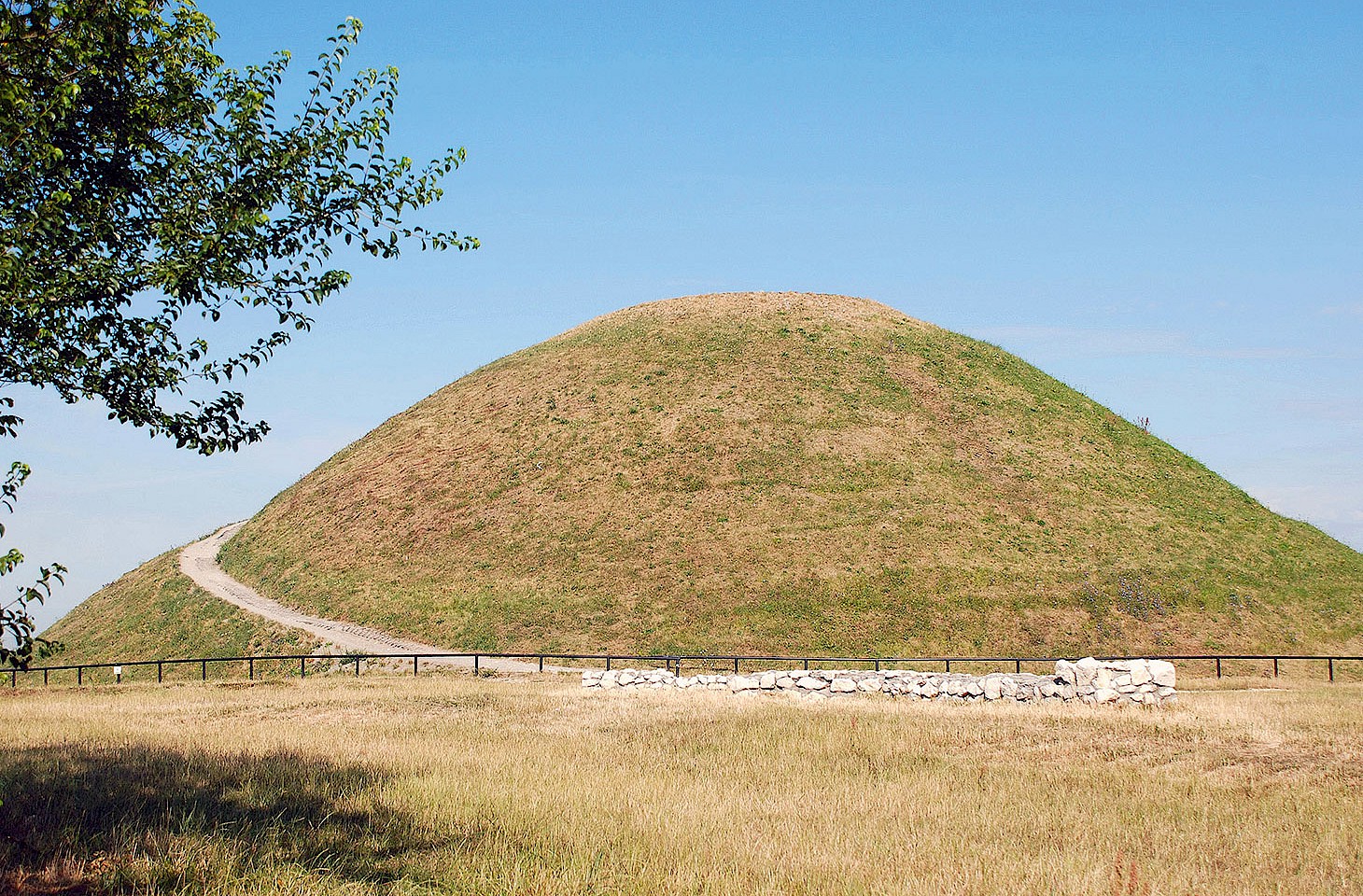hidden europe 59
Issue 59 of hidden europe roams from Spain to Slovenia, from the hill country of the Vosges in eastern France to the Polish city of Kraków.
We reflect on how the expectations of tourists shape the identity of places, drawing on the example of American visitors to southern Germany in the 1950s and 1960s. We also hop on a train to Sweden, consider whether one can overdose on great art and find out why parts of Europe's guidebook industry boomed after the end of the Great War.
Summary
Issue 59 of hidden europe roams from Spain to Slovenia, from the hill country of the Vosges in eastern France to the Polish city of Kraków.
We reflect on how the expectations of tourists shape the identity of places, drawing on the example of American visitors to southern Germany in the 1950s and 1960s. We also hop on a train to Sweden, consider whether one can overdose on great art and find out why parts of Europe's guidebook industry boomed after the end of the Great War.
As winter slipped slowly into spring in 1917, Lenin passed through Berlin on his journey back to Russia from Switzerland. His onward route from Berlin took him by train to Sassnitz, then on by ferry to Trelleborg in Sweden. These days it's still possible to follow the route taken by Lenin, using the occasional direct trains from Berlin to Sweden.
The hidden europe award for ingenuity in creating new European rail travel opportunities is awarded to Austria's state rail operator, Österreichische Bundesbahnen (ÖBB). We look at what ÖBB will offer anew for 2020, and examine too what's new on the rails in Russia, Germany and elsewhere across Europe.
Mussolini's draining of the Pontine Marshes was a landmark piece of colonisation politics. There have been many similar schemes around Europe – one earlier example was King Carlos III's new town programme in Andalucía in the 1760s. To accompany our feature on Franco's agrarian settlement scheme (see 'Spain's Last Settlers'), we look at the broader context for such ambitious schemes.















